Base Configuration
Every Metoro deployment starts with this minimal configuration. This example assumes you’re using Kubernetes secrets for sensitive data (recommended).1. Create Required Secrets
2. Base values.yaml
Database Configurations
Choose one of the following database configurations based on your decisions from the pre-installation checklist.Option A: All In-Cluster Databases
In-Cluster Database Configuration
In-Cluster Database Configuration
For development or small deployments where you want everything self-contained.Add to your values.yaml:
Option B: External Databases
External Database Configuration
External Database Configuration
For production deployments using managed database services.Add to your values.yaml:
When using external PostgreSQL, ensure you’ve created the required databases:
metoro- Main application databasetemporal- Temporal workflow databasetemporal_visibility- Temporal visibility database
High Availability Configuration
For production environments requiring high availability, add these configurations to your base setup.Component Scaling
Database High Availability
- In-Cluster HA
- External HA
Ingress Configuration
Configure external access to your Metoro deployment.Basic Ingress
AWS ALB Ingress
For AWS deployments using Application Load Balancer:Resource Optimization
Small Deployment (< 50K events/min)
Medium Deployment (50K-500K events/min)
Large Deployment (> 500K events/min)
Contact Metoro support for assistance with large-scale deployments.Complete Production Examples
Example 1: In-Cluster ClickHouse with External PostgreSQL
This configuration is ideal for organizations that want to manage their own ClickHouse for full control over telemetry data while using a managed PostgreSQL service for metadata.Example 2: Fully External Databases
Here’s the complete example for a production deployment with both external databases:Choosing Between Examples
| Aspect | Example 1 (Hybrid) | Example 2 (Fully External) |
|---|---|---|
| Best For | Organizations wanting control over telemetry data | Fully managed solution |
| ClickHouse Management | Self-managed in cluster | Managed service |
| PostgreSQL Management | Managed service | Managed service |
| Operational Overhead | Medium | Low |
| Cost | Lower (only RDS costs) | Higher (both services) |
| Data Control | Full control over telemetry | Data in cloud providers |
Next Steps
- Choose the configuration example that best fits your requirements
- Create the required Kubernetes secrets
- Copy the appropriate example and customize:
- Replace placeholder values (domains, passwords, etc.)
- Adjust resource allocations based on your workload
- Configure ingress based on your infrastructure
- Save as
values.yaml - Proceed to the installation guide
For assistance with sizing or configuration questions, contact your Metoro representative or join our Community Slack.
